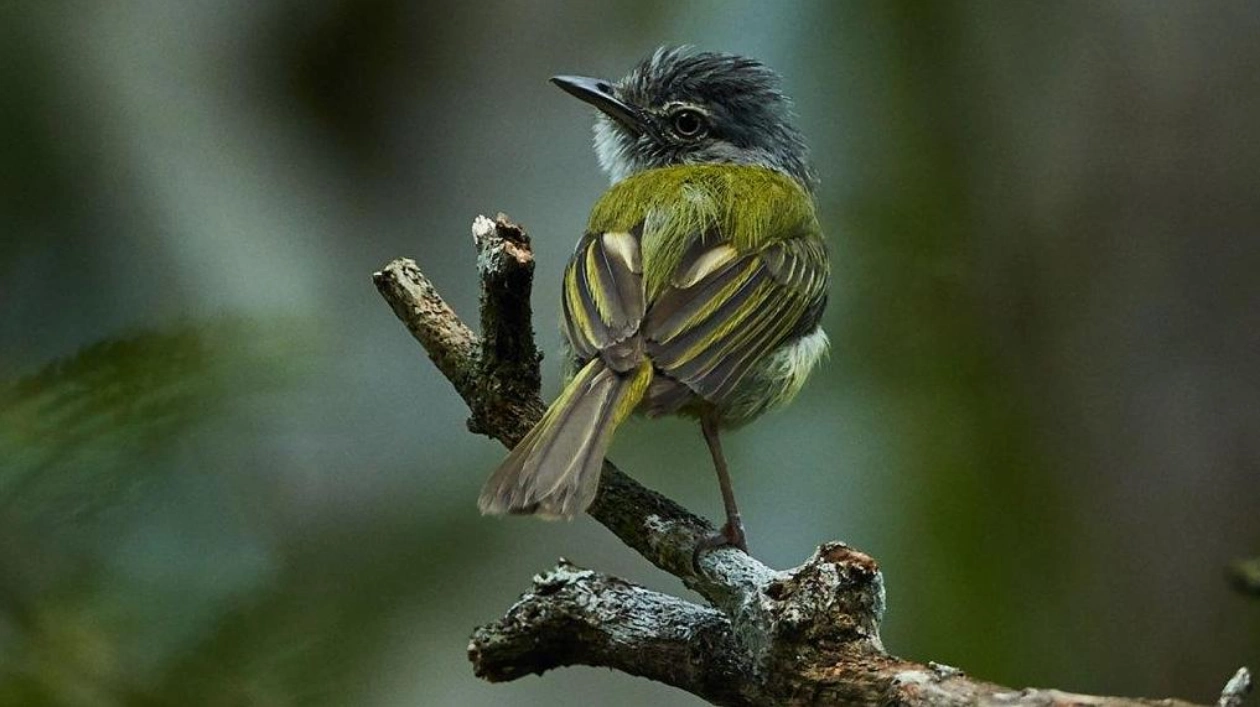When constructing a bird nest within ant-infested territory, the most effective defense might be an offensive fungus. Swollen-thorn acacia trees are fiercely guarded by various species of ants. Despite this, several bird species across Central America and Africa opt to nest in these trees. It appears that fungal fibers in the nests deter the ants, causing them to exhibit behaviors indicative of alarm and intoxication, according to researchers in the October issue of Animal Behaviour.
“It struck me as odd that the ants did not harm the chicks,” says Rhayza Cortés-Romay, an ecologist at the Universidad Mayor de San Andrés in La Paz, Bolivia. “So I began to consider the bird’s strategy: How does it manage this?” The relationship between swollen-thorn acacia trees (Vachellia collinsii) and ants is symbiotic. The ants gather nectar from the acacia and reside in its thorns, acting as vigilant protectors, biting and stinging intruders and even eliminating encroaching plants. While the ants offer protection from other predators, researchers were puzzled as to how the birds kept them away from their offspring.
In tropical and subtropical regions, many birds utilize fungal structures known as rhizomorphs to construct their nests. These cord-like formations are composed of millions of tightly woven fungal filaments, which the fungi employ to seek nutrients. In tropical rainforests, rhizomorphs proliferate in the canopy, creating intricate networks that capture falling debris. Previous studies suggest that birds may use rhizomorphs for their robust support, antimicrobial properties, and water-repellent qualities.
In Costa Rica’s Palo Verde National Park, two bird species that frequently inhabit swollen-thorn acacias build their nests predominantly with rhizomorphs of horsehair fungus (Marasmius)—and seem to effectively repel ants. Cortés-Romay and behavioral ecologist Sabrina Amador Vargas of the Smithsonian Tropical Research Institute in Balboa, Panama, placed strands of horsehair fungus on the branches of 30 acacia trees inhabited by a species of symbiotic ant (Pseudomyrmex spinicola), along with fibers of a non-fungal plant of comparable thickness and type that birds also use for nest-building. The researchers then filmed the ants to observe their reactions to the different fibers.
Ants that came into contact with the fungus exhibited grooming behaviors and increased speed more frequently than those that touched only the plant fibers, indicating repulsion and alarm. The researchers also noted extreme behaviors almost exclusively seen after contact with the fungus, such as biting other ants, spinning, and aimlessly wandering—behaviors reminiscent of ant workers infected by the zombifying fungus Ophiocordyceps, suggesting the ants may have been disoriented or ingested toxins.
“The first time we observed these behaviors, we were astonished,” Cortés-Romay says. “These ants are highly aggressive. To witness something that impacted them so profoundly was truly a discovery.” Some findings strongly support the notion that these fungi are harmful to the ants, says Fran Bonier, a behavioral ecologist at Queen’s University in Kingston, Canada. However, birds also use the same rhizomorphs on trees devoid of ants, implying that they may offer additional benefits to the nests. At least 176 bird species utilize fungal rhizomorphs in their nests. Given this prevalence, it’s unsurprising that researchers found evidence suggesting the rhizomorphs provide chemical defenses, says Todd Elliott, a biologist at the University of New England in Armidale, Australia. “This opens up numerous questions about the chemistry involved and whether similar scenarios occur in other ecosystems worldwide.”






